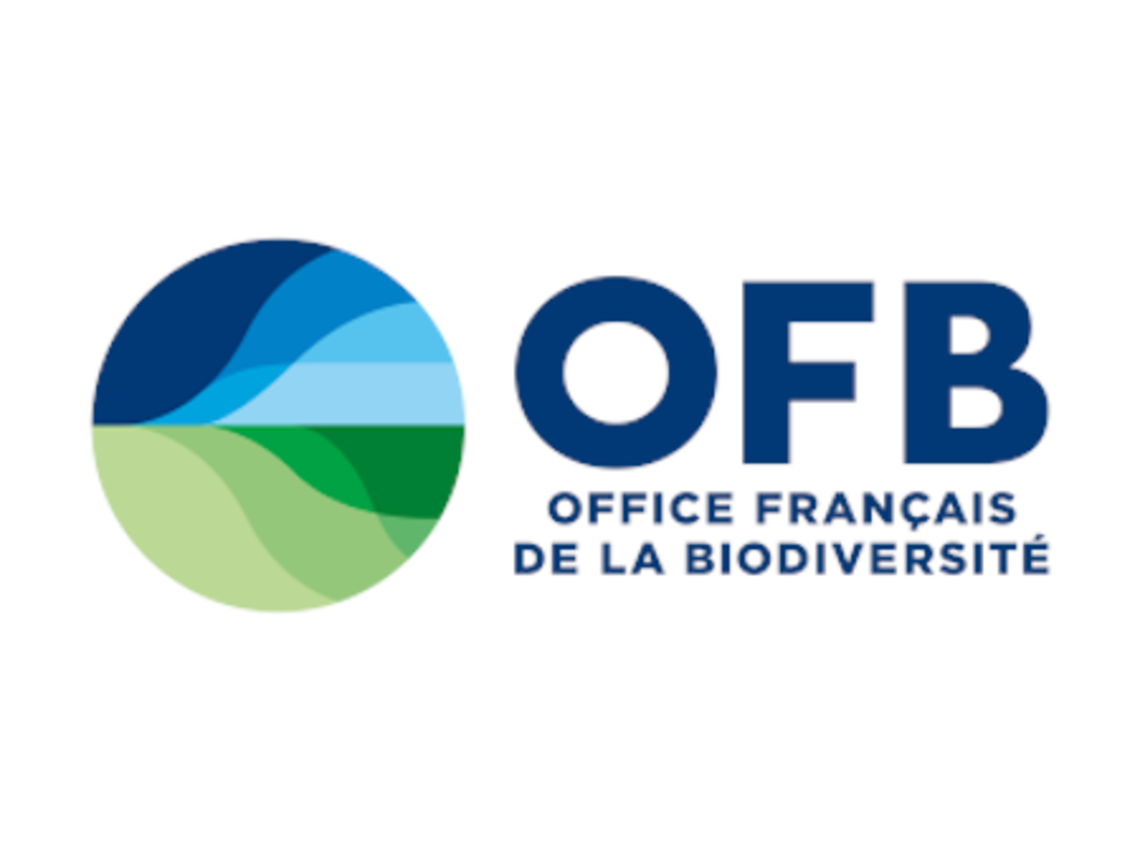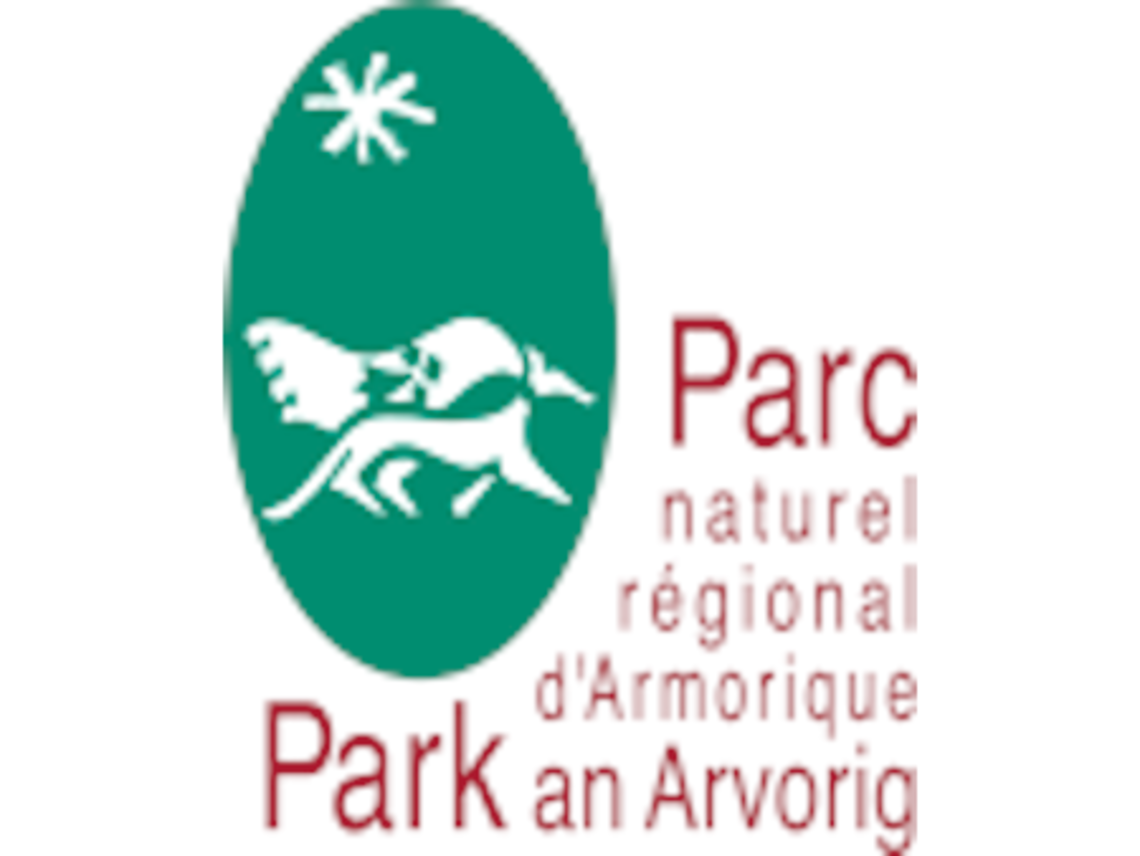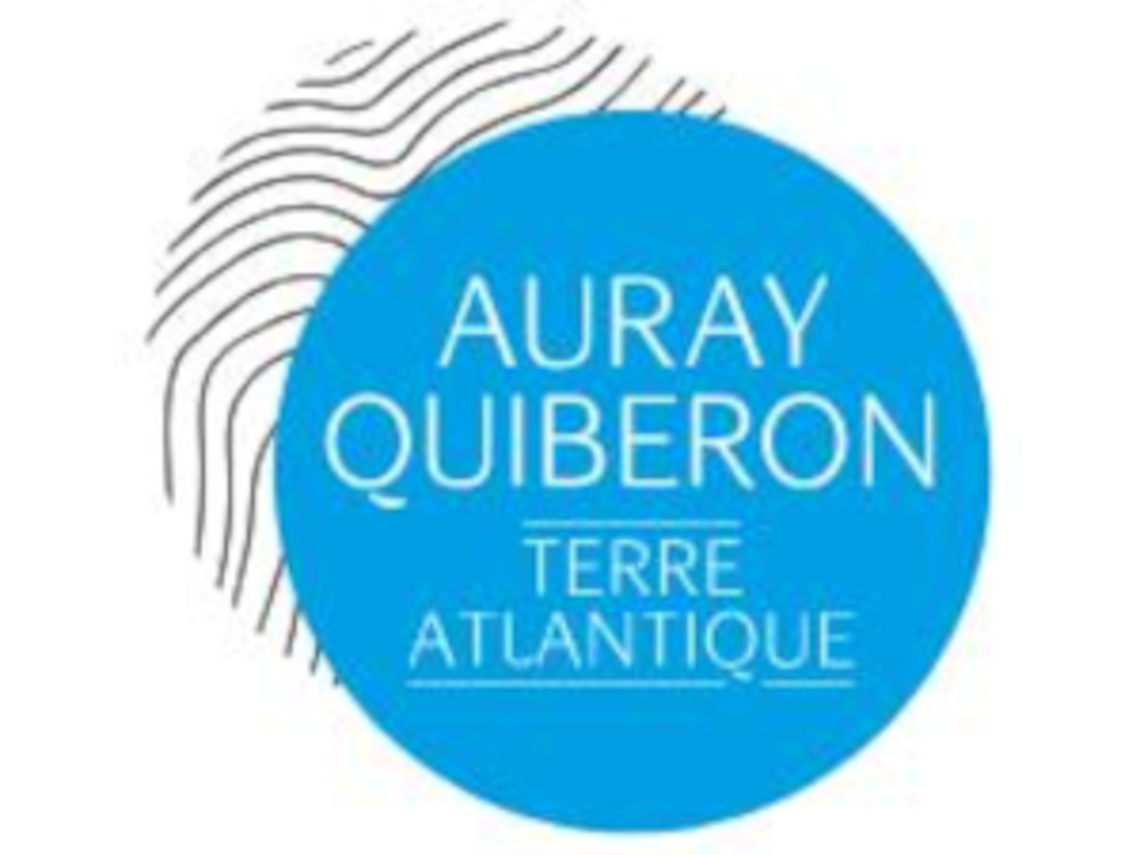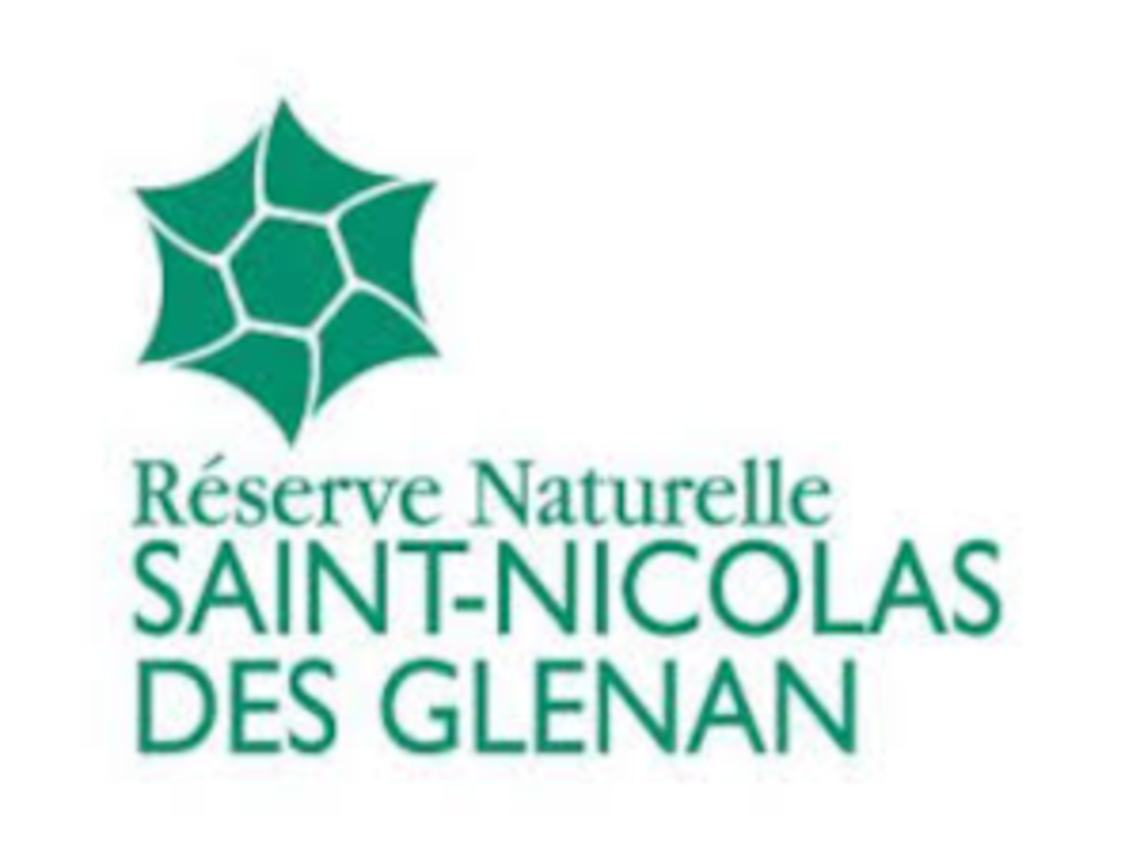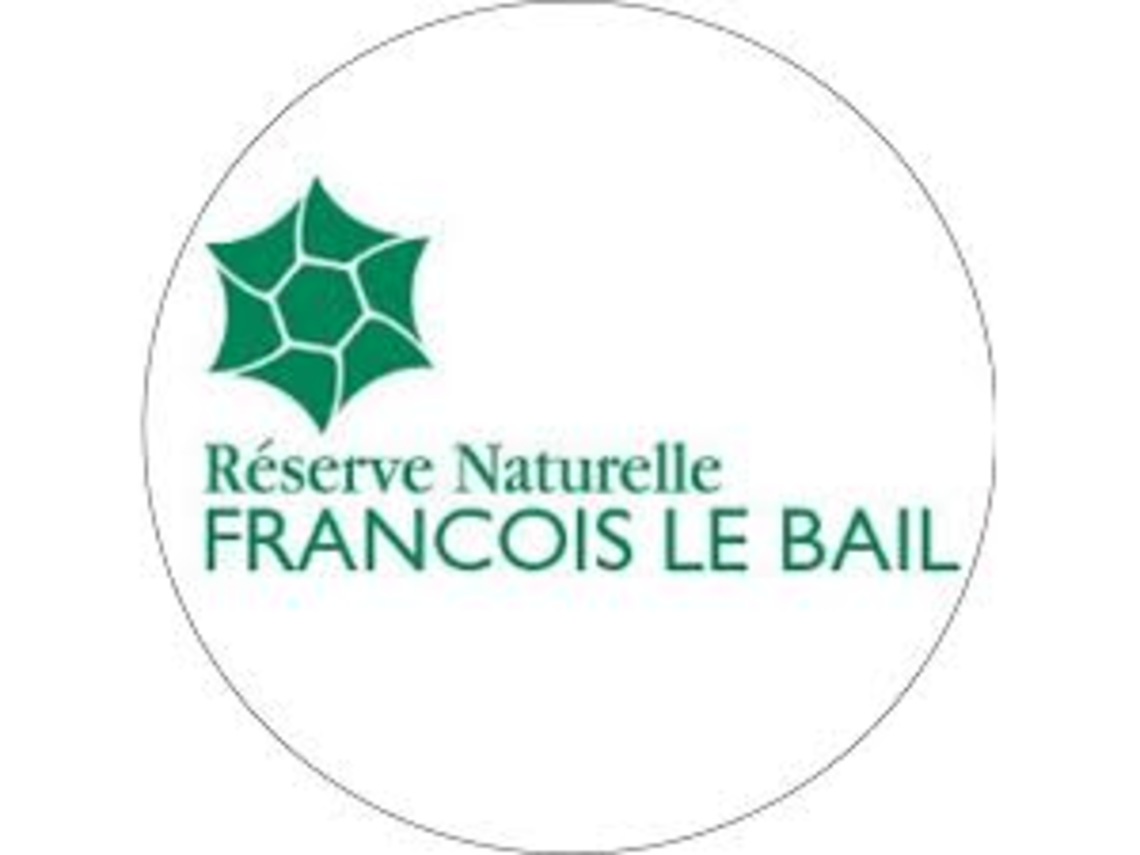Study and knowledge building of the bigger bivalve from the Atlantic French coast: Atrina fragilis (Penant, 1777)
What is the current distribution of Atrina fragilis while it was a common species? What was its distribution in the past? Do the deep sea populations are the same species than the coastal ones and do populations have genes fluxes?
Atrina fragilis (Pennant, 1777) is the largest bivalve on the French Atlantic coast, once common from the intertidal to depths of 150/200m. Growing up to 30 to 50cm long, this bivalve lives for the most part buried in softs sediment. Their shells are home to an associated fauna specific to hard substrates. In addition to creating a support, this species was exploited in the 18th century for its byssus to make gloves or stockings, which were expensive. Coupled with other pressures, which have yet to be quantified, this species has now become very rare.
The aim of this project is therefore to gain knowledge of its historical and current distribution, and to acquire genetic data to establish whether the different populations are indeed the same species, and if so, what gene flows exist between populations?
Scientific contact:
Gabin DROUAL (Lebco), Nazaré Das Neves Bicho (SEPNB-Bretagne Vivante), Nathalie Delliou (Nat’ure), Jacques Grall (Institut Universitaire Européen de la Mer)







